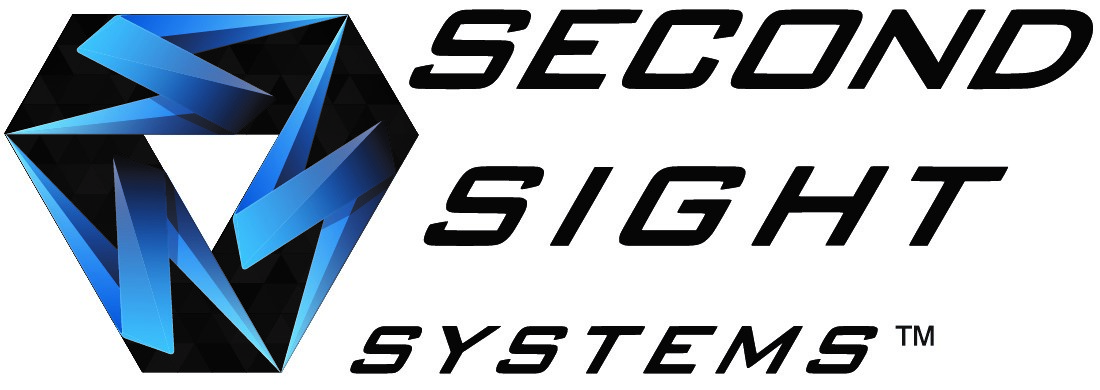We have a long way to go before crystallized dilithium single-handedly powers our Star Trek enterprise. But this isn’t stopping power generators and utilities from stepping into the future. Day-by-day, utilities are embracing futuristic technology to harness smart grid data, improve asset management, and minimize time spent on repairing outages. Here’s our pick of the top 4 technologies utilities want and need to improve business today and tomorrow.
Predictive Analytics
 More and more, utilities want to leverage predictive analytics to optimize the lifecycle of assets across the network. Predictive analytics applies statistics and data mining to forecast future events. As a recent Cognizant report explains, T&D utilities benefit several ways: by avoiding key equipment failure through predictive maintenance, by improving route planning and field crew optimization, and by foreseeing safety risks and compliance issues.
More and more, utilities want to leverage predictive analytics to optimize the lifecycle of assets across the network. Predictive analytics applies statistics and data mining to forecast future events. As a recent Cognizant report explains, T&D utilities benefit several ways: by avoiding key equipment failure through predictive maintenance, by improving route planning and field crew optimization, and by foreseeing safety risks and compliance issues.
The need for forecasting will only increase with the rise of distributed energy resources (DER), making the grid more variable. Predictive analytics will ensure tighter load forecasting and demand-charge management.
On the power generation end, the New Jersey-based PSEG has gained recognition for its use of predictive analytics to detect live operational or equipment problems across its 14 power plants in four states. “Collecting performance data from multiple plants and power generation units allows the models to be self-improving, which leads to more precise failure prediction and better efficiency,” says Richard P. Lopriore, president of PSEG Fossil. More than 90,000 live data points from 10,000 sensors monitor everything from vibration, temperature, and oil to motor, ultrasound, leak detection, and pressure feed. These sensors reduce the need for manual inspection and measurement. Advanced pattern recognition software uses data for early warning maintenance detection, which predicts problems before they appear.
Augmented Reality
The DAQRI Smart Helmet™ could prove crucial to utility field services in the future. That’s because the helmet delivers situation-based, real-time data directly on the helmet’s screen. This augmented reality then enables utility field techs to visualize and understand their immediate environment. In addition, the helmet features thermal vision and guided work instruction to provide the user with intuitive, augmented instructions. It also allows remote experts to better assist utility field techs by recording the field tech’s point of view. Overall, utilities might find this helpful to reduce movement and save time, to process instructors more quickly, and to reduce errors.
Drones

SSS using certified drone to capture video and images of the Ameren transmission tower in St. Louis.
Ever since the Federal Aviation Administration launched laws to allow utility drones (under 55 pounds and hovering under 400 feet), utilities are rapidly adopting the technology. At SSS, we’ve deployed a camera drone to capture a recent Ameren tower decommissioning project. Drones give us the bird-eye’s view to assess a project, and inspect transmission and distribution lines. Currently utility drones can not fly beyond 1,500 feet, but already utilities are appealing for extended flights. With hundreds of miles of transmission line to be inspected, utility drones can save critical funds from dispatching fewer crews. Aside from line inspections, drones are being tested for aerial 3-D mapping and real-time data transmission to route autonomous construction equipment on the ground.
Self Driving Cars

Photo by: Grendelkhan
Utilities spend a lot of money deploying their fleet of workers and trucks. One of the biggest causes is the need to investigate vegetation that has fallen on a line. Self-driving cars can help utilities capture 3D data of vegetation and make a plan before deploying a crew, argues systems engineer Seyi Fabode. With the decreasing cost of LIDAR equipment and the rise of self-driving cars, utilities will be able to slash the ongoing cost of deploying a crew to inspect vegetation that is causing an outage.
